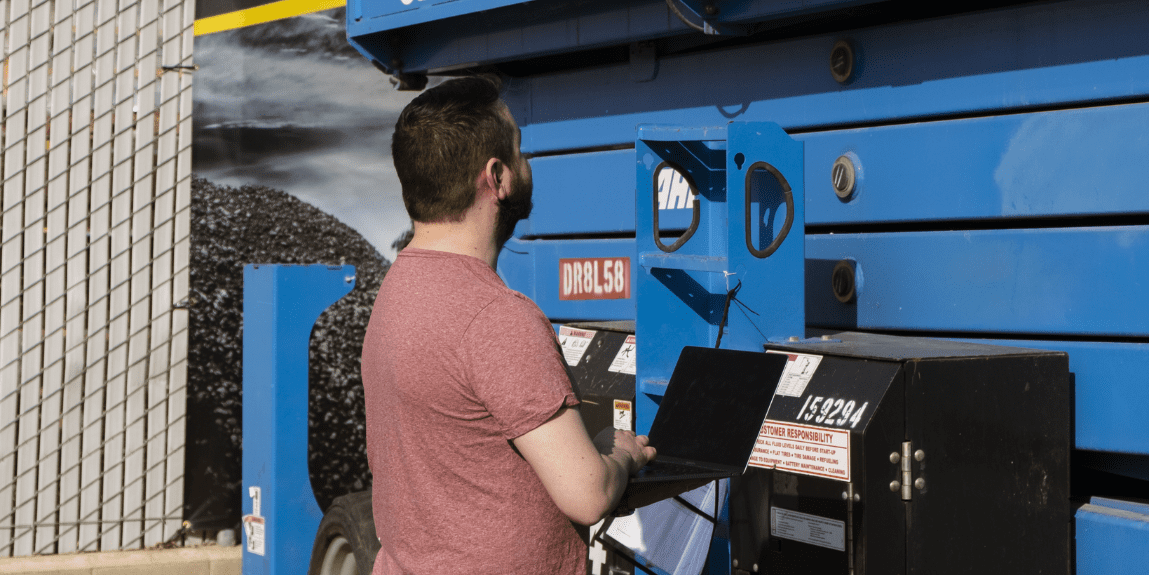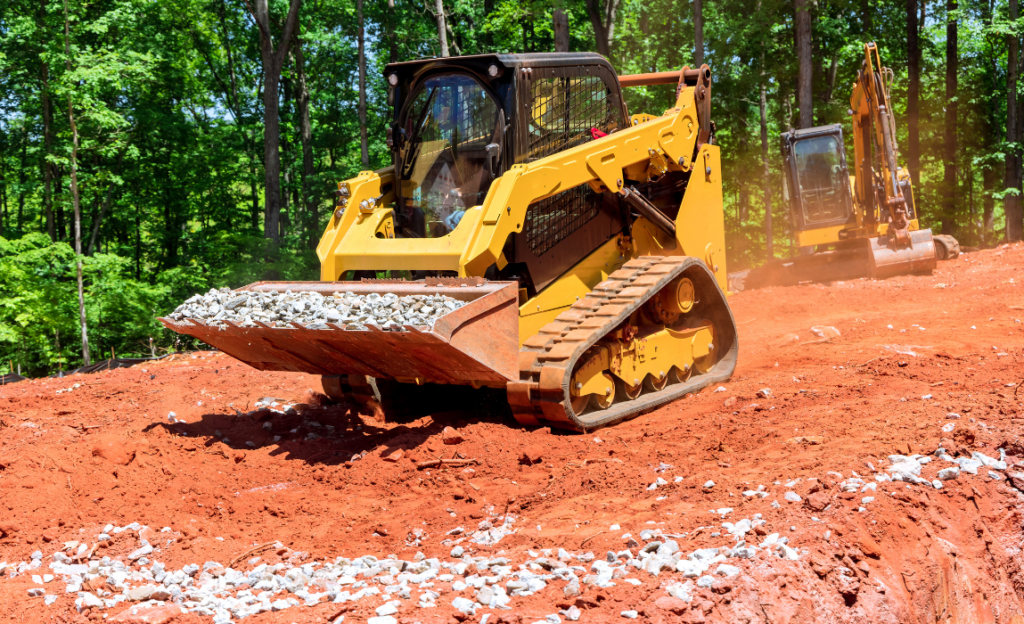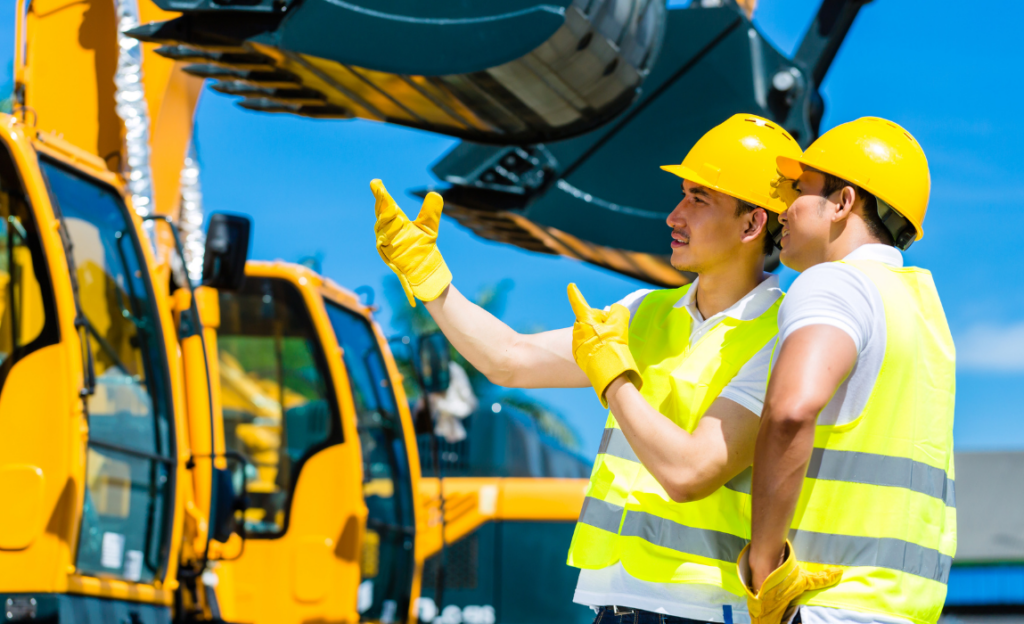

The sunsetting of 3G is not a future event — it’s already happening. One by one, operators are switching off the older networks that once powered everything from basic mobile calls to the early days of machine connectivity.
And while for most consumers the shift to 4G and 5G has been relatively smooth, in the construction sector, the end of 3G presents a unique and urgent challenge.
This isn’t just about a technical upgrade. It’s about risk, efficiency, sustainability and ultimately, making sure construction jobsites are able to adapt seamlessly without interruption to your business.
Across jobsites worldwide, thousands of construction machines still rely on 2G or 3G connectivity to transmit telematics data — vital information about machine health, usage, emissions, and safety. But as mobile operators decommission 3G networks, these machines will slowly start falling silent.
At first, it might just be a loss of signal in certain areas. But eventually, entire fleets could become invisible, unreachable, and unmanageable.
For contractors and rental companies, this presents a real risk: machines that can no longer report back data, and in some cases, may even be rendered inoperable if connectivity is tied to access management or safety protocols.
It’s not theoretical. It’s already happening. Even before full shutdowns take place, the decline of 3G coverage is impacting performance.
“For contractors and rental companies, this presents a real risk: machines that can no longer report back data, and in some cases, may even be rendered inoperable if connectivity is tied to access management or safety protocols.”
With fewer operators supporting the older standard, machines in the field may find themselves without a signal, particularly in remote or rural locations. What once was a reliable fallback connection is now patchy at best.
In essence, it’s a return to the pre-telematics days with incomplete information supplemented by good, old-fashioned guesswork. And that leads to the kind of inconsistency that is enough to derail even the best-run operations.

Where companies once had the flexibility to connect through two, three, or even four different operators depending on signal strength, they’re now stuck with whatever legacy coverage remains. To regain full network flexibility, there’s only one option: move to 4G or 5G.
From a fleet manager’s point of view, the existing systems may seem to work just fine. Upgrading means cost, complexity, and disruption. But here’s the reality: staying on 3G is not standing still — it’s moving backwards.
Machines that rely on outdated modems will soon be unable to deliver the data insights that companies have come to depend on. Without that connectivity, you’re effectively going back in time, to a world before telematics — before predictive maintenance, real-time monitoring, and automated reporting.
That’s not just a step back in technology; it’s a step back in efficiency, competitiveness, and compliance.
Then there’s the safety dimension. If a machine develops a critical fault — say, overheating or brake failure — and that information isn’t transmitted in real time because of poor or non-existent connectivity, the consequences could be severe. Ensuring workers are protected means ensuring machines can talk, wherever they are.
That connectivity isn’t just about convenience. It’s a cornerstone of modern job site safety. Without it, you’re flying blind.
Sustainability is another factor increasingly driving decision-making in construction. More and more, project owners and contractors are demanding proof of emissions tracking and carbon reporting. For companies relying on digital tools to automate these calculations, the loss of connectivity means a loss of credibility.

If your fleet is only partially reporting — or worse, not reporting at all — your environmental data becomes incomplete or inaccurate. That not only undermines sustainability claims, it opens the door to costly manual workarounds and reputational risk.
Without reliable data, you can’t meet the expectations of clients or regulators. And your chances of winning the big contracts are significantly undermined.
Let’s be clear: moving to 4G or 5G doesn’t magically solve every problem. But it does restore coverage and future-proofs operations against the ongoing decommissioning of older networks.
“Without that connectivity, you’re effectively going back in time, to a world before telematics—before predictive maintenance, real-time monitoring, and automated reporting.”
Upgrading doesn’t just restore connectivity. When paired with a future-proofed solution, it can unlock smarter ways to run your operations. From automating workflows to remotely managing access and updates, enhanced connectivity lays the foundation for safer, more efficient, and more responsive job sites.
Think of it like shifting from a fax machine to a smartphone. Yes, you can still send a message either way, but the experience, speed, and flexibility are on a whole different level.
And while many devices labeled “5G” today are still running on advanced 4G LTE networks, the move still represents a leap forward in terms of stability, compatibility, and support for future use cases.
Of course, the cost is real. Upgrading IoT devices, installing new units across thousands of machines, and temporarily removing equipment from the field is neither cheap nor easy. But that is dwarfed by the cost of doing nothing. While it may be harder to measure, it is potentially far greater.
It means paying for connectivity you can’t access. Losing access to high-value data. Falling behind competitors who are automating faster and smarter. Missing out on contracts because you can’t provide the required reporting or emissions data. The financial risk isn’t just in the upgrade — it’s in the status quo.
“Newer units may include additional features such as Wi-Fi fallback, over-the-air updates, or digital key access. That functionality opens up new possibilities for automation, security, and operational control.”
Interestingly, the push to upgrade isn’t just coming from inside companies, it’s coming from outside. Tier-one contractors and major project owners are increasingly demanding full machine transparency.
If you can’t deliver that, your machines won’t get rented. It’s that simple.
That demand is turning connectivity from a “nice to have” into a basic requirement for doing business. Add to that the growing use of over-the-air software updates, remote diagnostics, and access control systems, and it becomes clear: being connected is no longer optional.
The decommissioning of 3G is just the latest chapter in a larger shift. As machines become more intelligent, and jobsites more connected, the expectations around real-time data, automation, and insight will only grow.
For construction businesses, the choice isn’t just about swapping one modem for another. It’s about staying in the game. The future is faster, smarter, and more connected. And it’s already here. The only question is: are you ready to keep up?
Never miss an insight. We’ll email you when new articles are published on this topic.

